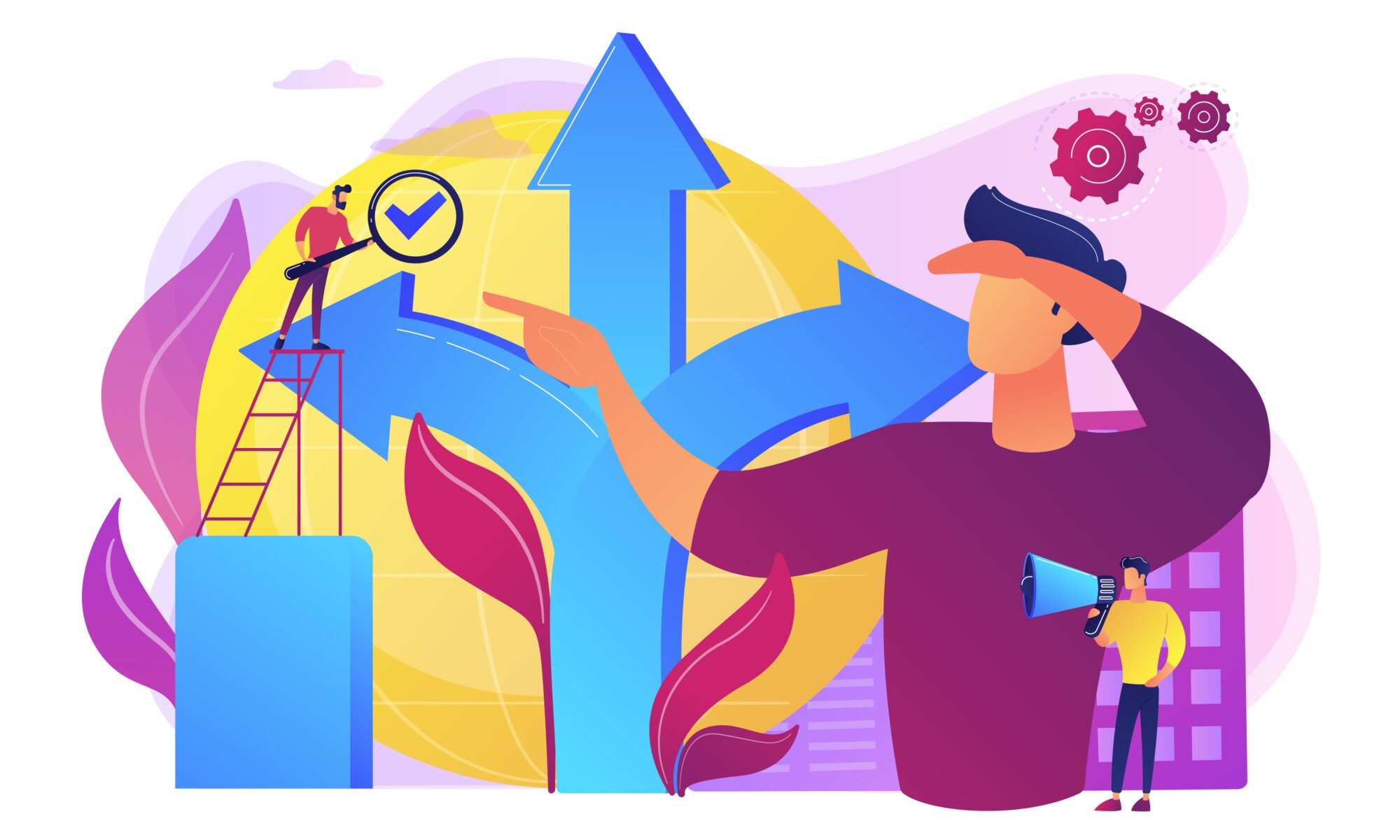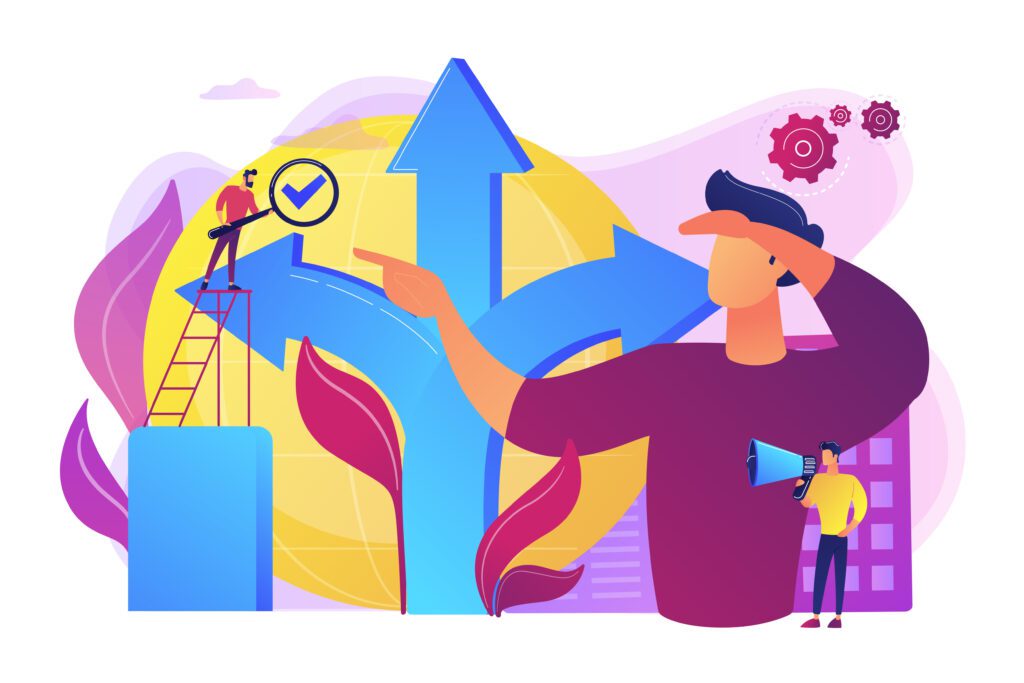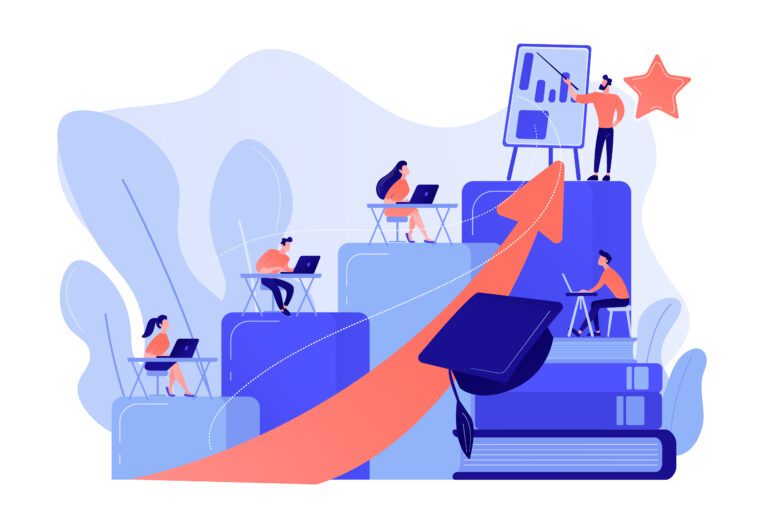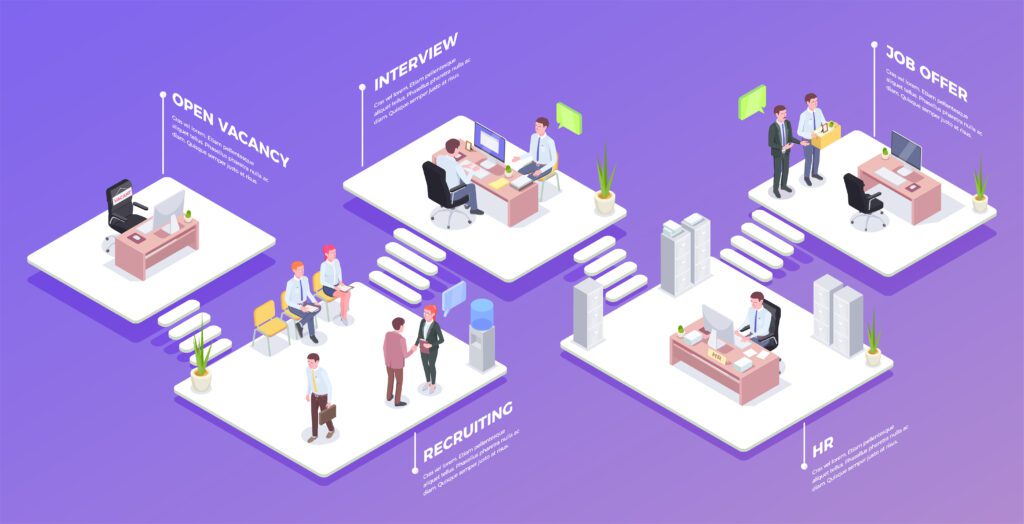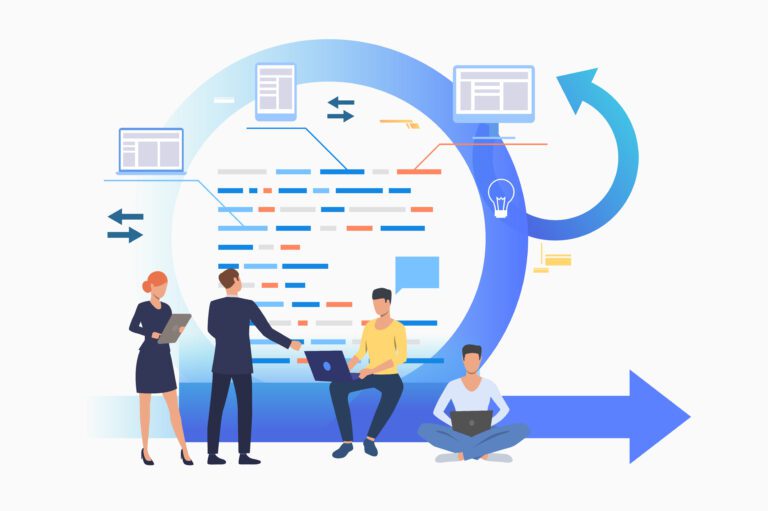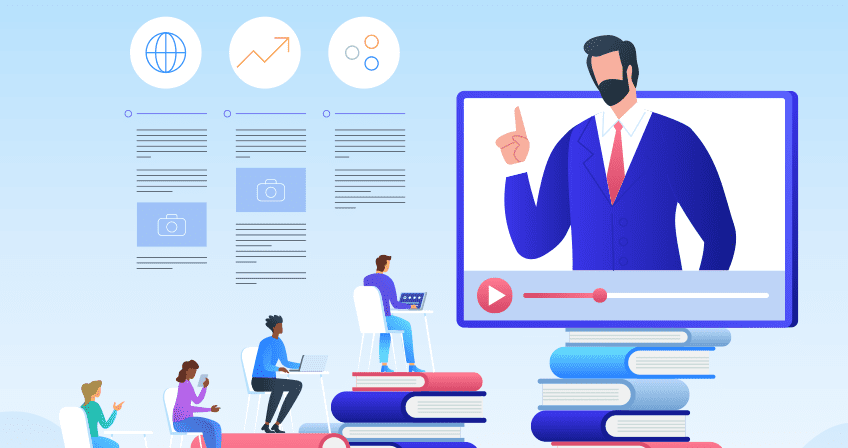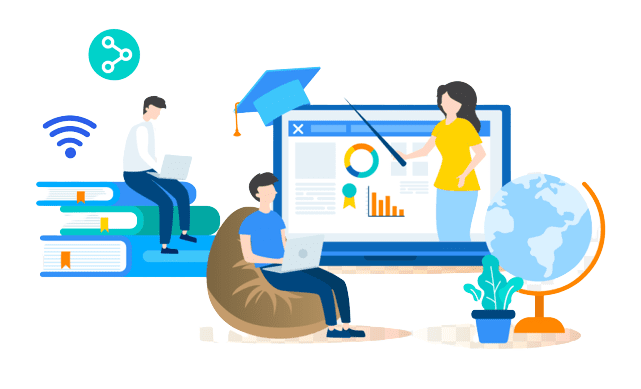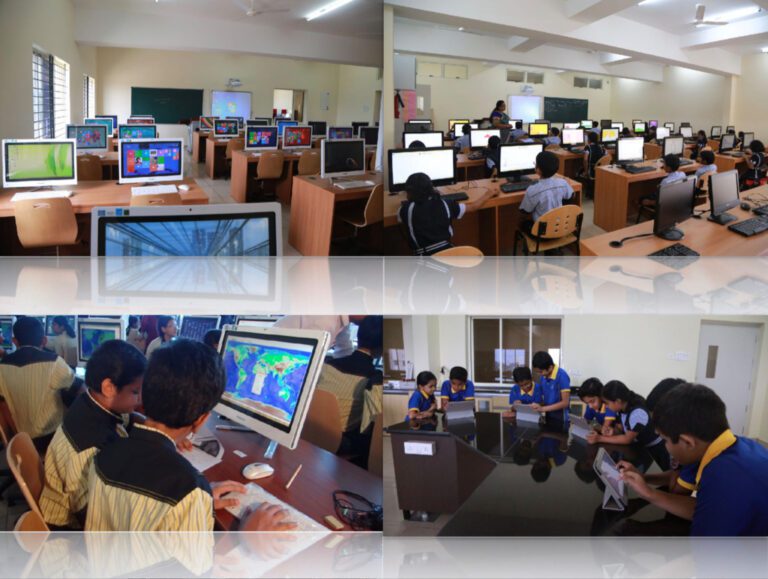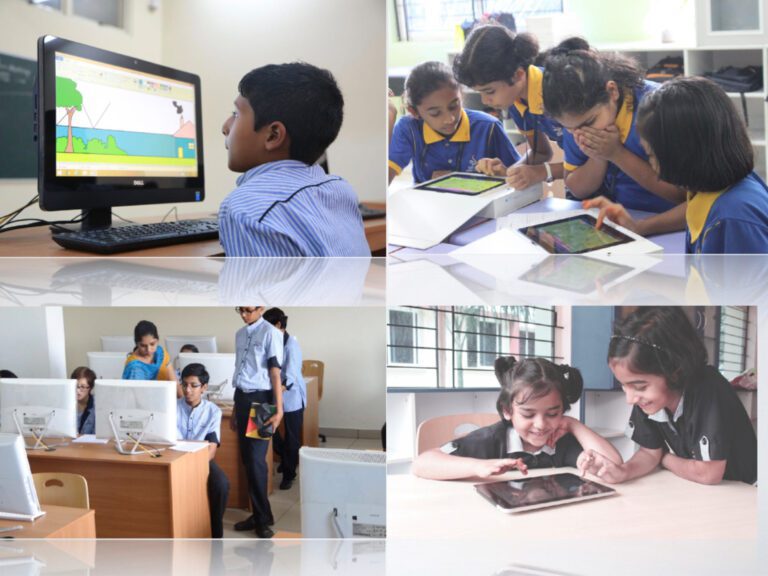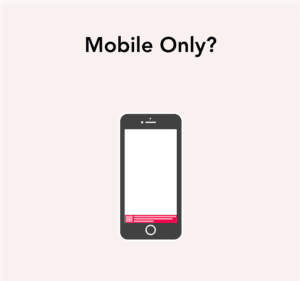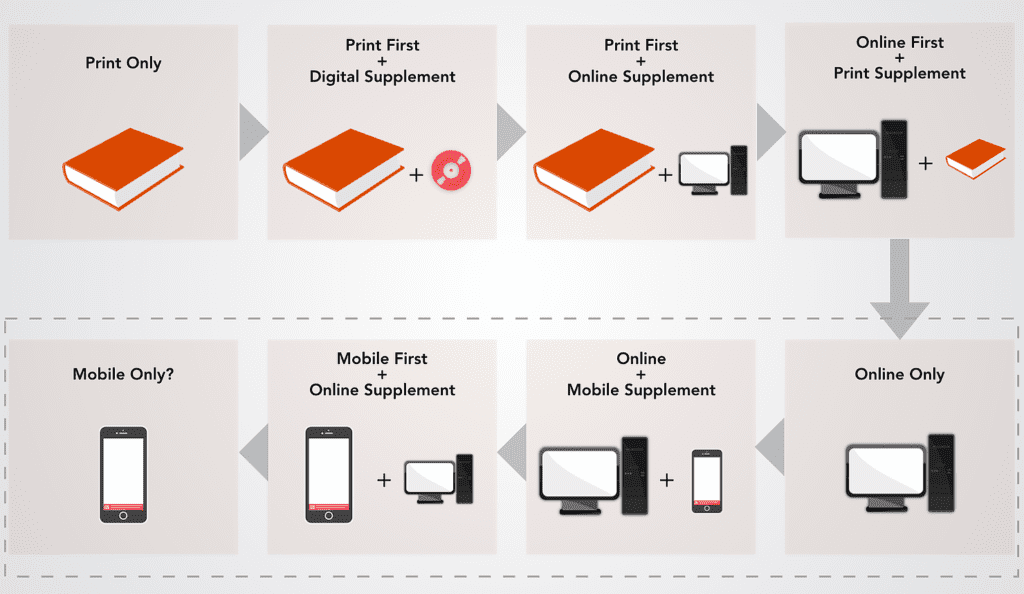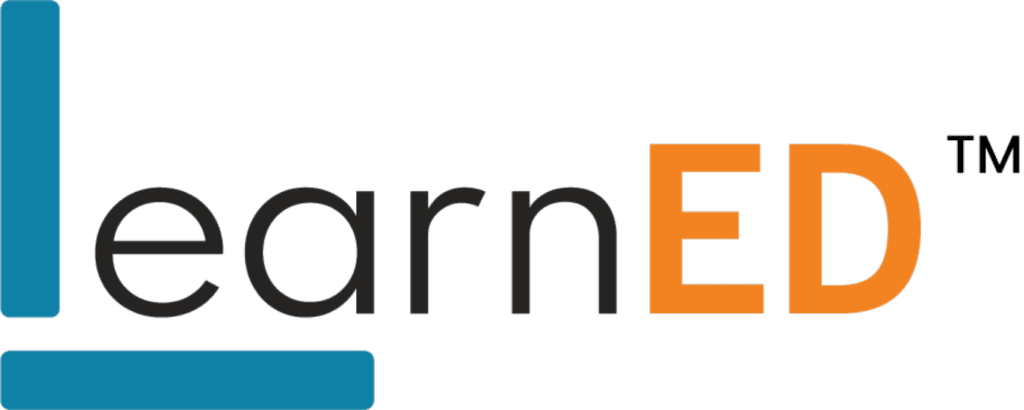Curate Learning: Up-Skill and Re-Skill to Stay Relevant
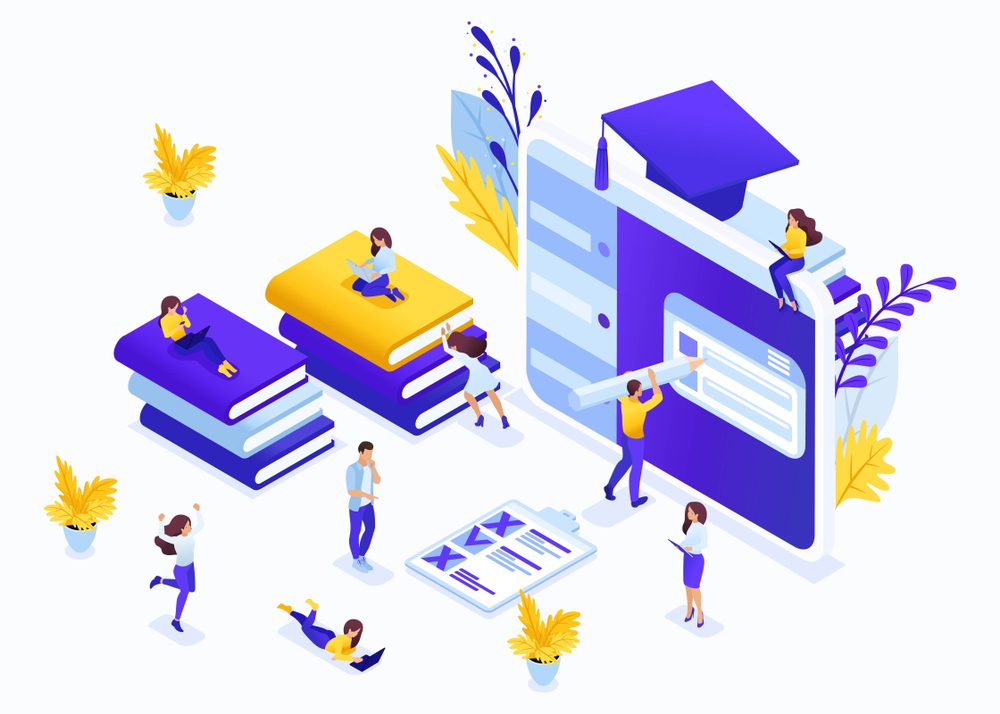
In January 2020, The World Economic Forum announced: “The world is facing a re-skilling emergency. We need to re-skill more than 1 billion people by 2030.” The underlying message was that organizations, governments and society need to work together to ensure people around the world are not left behind.
This crisis was looming for quite some time as the nature of work is impacted by technology innovation.
In a recent L&D mash-up, a common point of discussion was on re-skilling and up-skilling. It seems, everyone is gearing up for surprises and bracing for the impact. I did a quick search on Google for “Up-skilling and Re-skilling”. Believe me, it yielded about 66,000,000 and 10,700,000 results within half a second. That’s astounding.
This made probe a little deeper and someone was kind enough to explain his dilemma, “See we have two main goals, equip workers with the current job skills and the skills that will help them advance in their careers and serve the needs of the organization. However, in present landscape, the skills are changing all the time. It’s not enough for workers to learn how to do their jobs, and then learn how to do the next higher role. Today, workers need to keep learning and adapting continuously to stay effective.” He concluded by mentioning that up-skilling and re-skilling is my number one priority. It not only provides employees with the adaptability and growth needed to thrive in the present work environment, but also help organizations on long-term competency preparedness.
The change is inevitable with growing demand for new competencies, changing employee expectations, shifting workforce models, and evolving regulatory changes. In addition, the Covid-19 pandemic has speeded up the rate of digital transformation and flexibility in workplaces. Also, the millennial and Gen Z working from remote has emerged as the norm,. This is making HR professionals embrace up-skilling and re-skilling of the workforce and revamping their existing HR practices to stay relevant.
There is a demand of learning transformation that can connect between the continuous re/up -skilling within the L&D framework. A framework centered on skills and capabilities of Individual, team and organization tied together for performance. A framework powered by data and integrates learning as part of day-to-day job creating a resilient and adaptable workforce who can challenge the current and future workplace technology disruptions.
This growing need also raises some pertinent questions around Learning Modalities, Technology Adoption, Mobile First Design, Micro-skill Framework, Certification Framework, Performance Content Repositories, Learning Experience Platform, Personalized Learning Paths, Micro Content Packages and so many.
L&D Practitioners are looking for systems and platforms that can help them sail through the tide. The time to start is now.
These L&D Practitioners are searching answers for some common questions.

- Do we have a dedicated platform for re-skilling and up-skilling?
- Will the platform meet my L&D goals?
- What features are mandated by the experts?
- How should the platform work?
- How fast it can be implemented?
- What would be the licensing model?
- What about benchmarks?
- Will it be future ready and interoperable?
At EnhanzED, we have the answers that can help organizations manage this transformation.
Our thought leaders are working towards these pain points to build and offer a SaaS based platform that
- Empower learners to forge their futures by envisioning a career path that aligns with their skills and life plans.
- Provide visibility to learners to explore their possibilities within the company and build career paths tailored to their competencies and goals.
- Provide data points and insights for agile matching of learners with roles to increases internal mobility helping organization retain their talent.
- Empower learners to set their sights on a career path by acquiring kills that are demanded by their role.
We help an L&D Practitioner convert the employee’s learning data to a Talent Profile with qualified insights. Our Micro-learning platform offers personalized learning paths and serve as a source of legitimacy of a talent’s past, present, and future capabilities. It can track skills, experiences, qualifications, career goals, certifications & credentials, documented work activities, potential readiness, assessments, development plans and other important L&D metrics. A path to insights for informed decisions.
Times are changing, so does your workforce. Never be unprepared again.
Sirsendu Das
Senior Learning Architect, Excelsoft Technologies.
EnhanzED Education – An affiliate of Excelsoft Technologies

